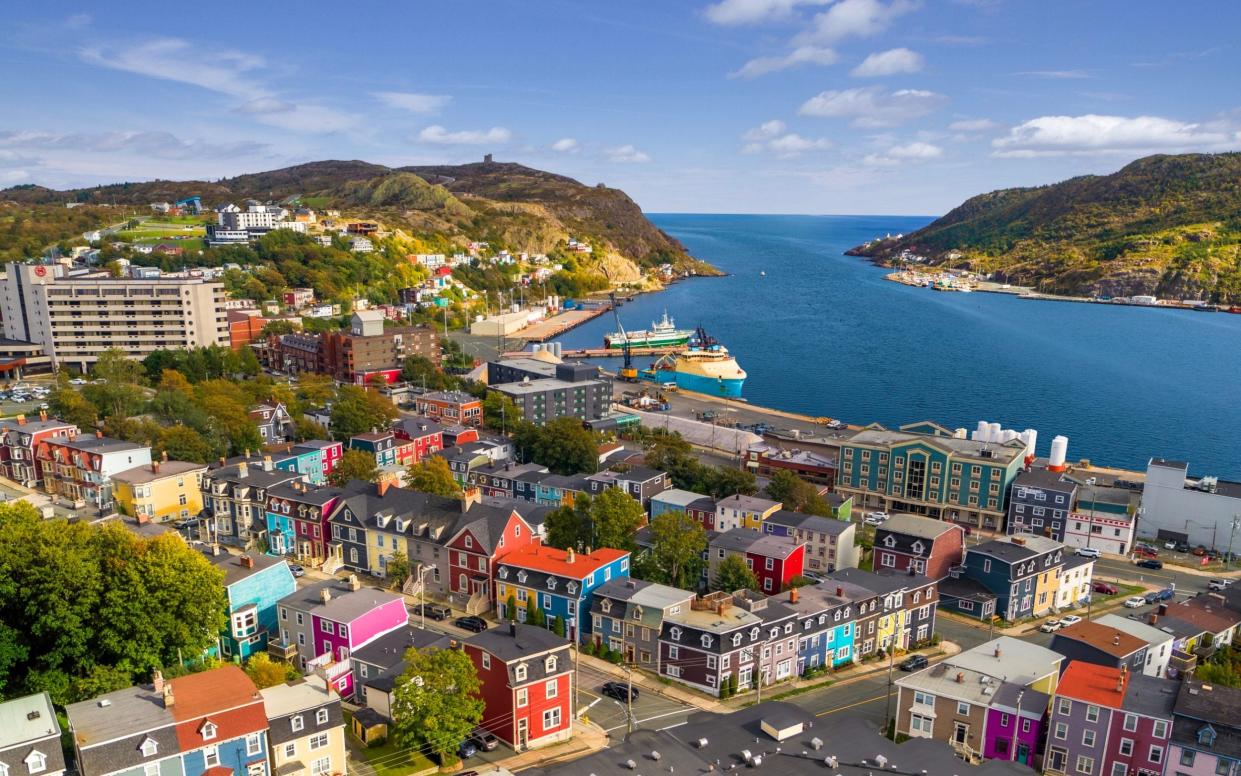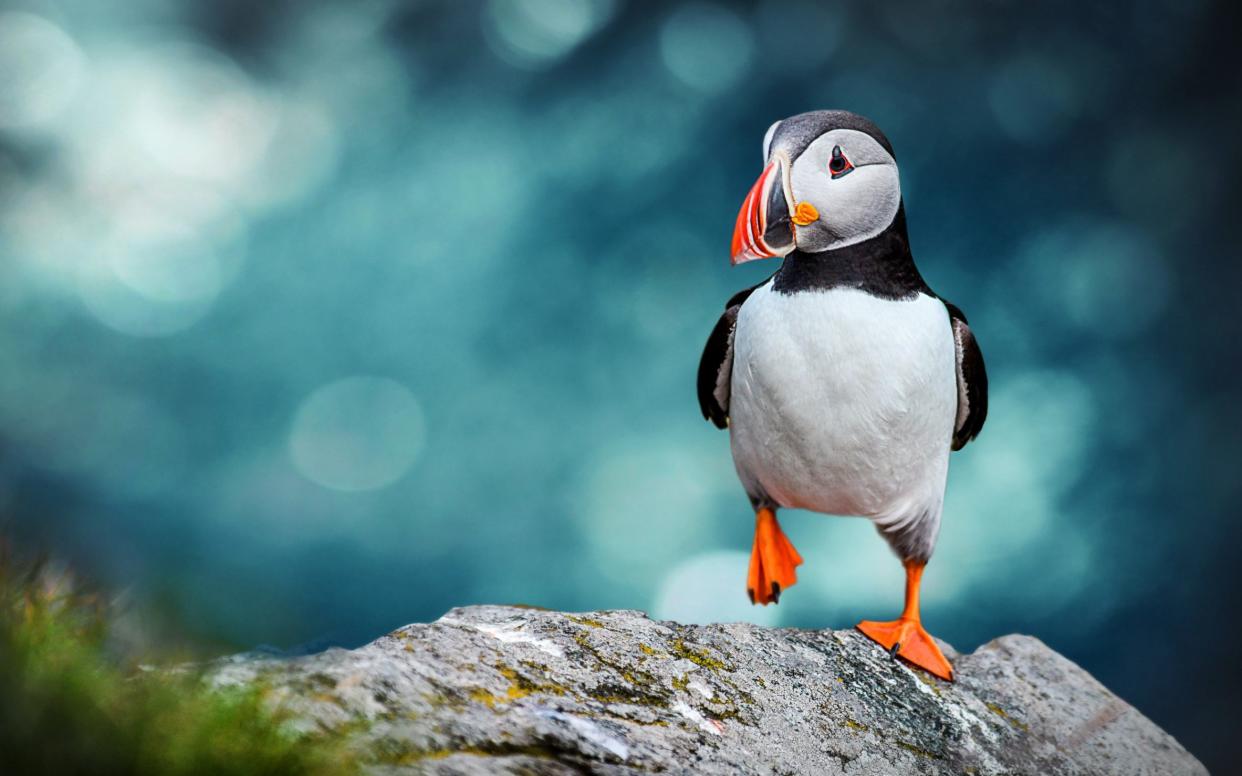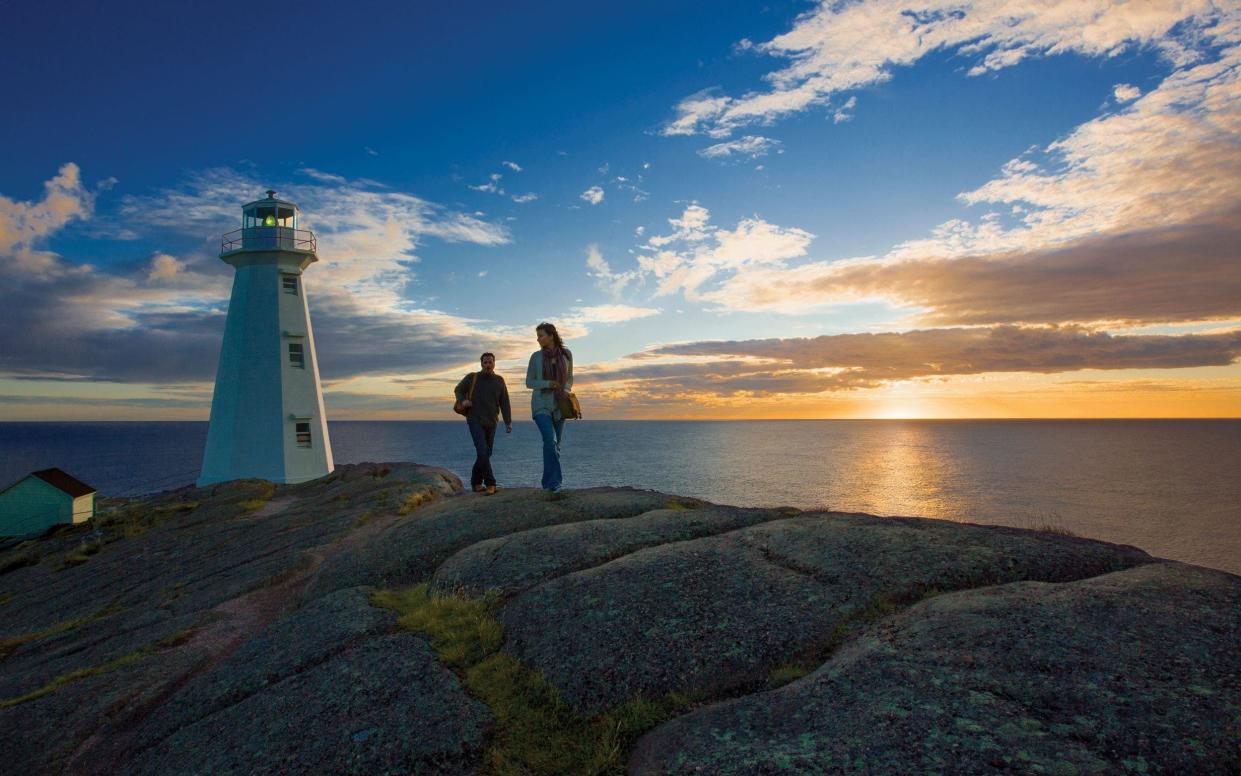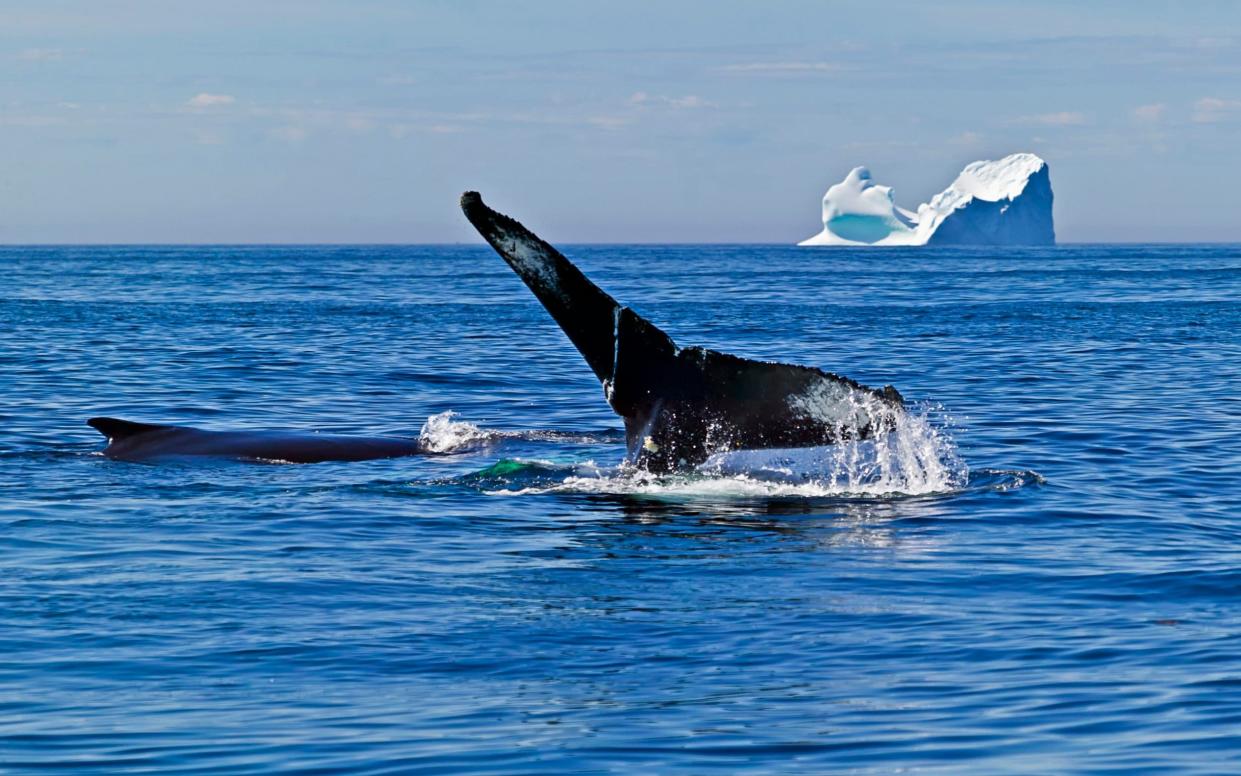Why this unsung Canadian city is the place to go this summer

“Newfoundland?” asked one of my friends, puzzled. “How the hell do you get there, anyway?”
There’s a reason many of us – travellers like me, especially – love exploring a new destination. It embodies the sheer thrill of promise, and, thanks to the return of direct flights from London Gatwick to St John’s this summer, a holiday in Newfoundland and Labrador isn’t as hard to come by as it once was.
So when the islands finally appeared on the surface of the glittering ocean framed by the plane window, there was a moment of pure joy. Far below, stirringly, was a land of puffins, whales and icebergs – a wish-list of travel experiences, in anyone’s book – plus scalloped beaches and bays that felt as far-flung as the moon. The really wild bit is that the flight across the Atlantic takes just over five hours – barely longer than it takes to fly to Cyprus.
To begin with, St John’s is a good place to learn more about the rest of Canada, but only up to a point. It has more pubs per head than in any other province, but no ice hockey team (the Newfoundland Growlers went bankrupt a few weeks ago). Beer is made from iceberg water (more on that later), while the traditional cuisine is hardly the sort you’d find at Tesco (chew over seal flipper pie, fried cod tongues and meat stuffing – called dressing – dolloped on chips).

Newfoundland runs half an hour faster than the rest of the country, just because. And it’s a sucker for a daft town name: there’s Come By Chance; Tickle Harbour Station; and, indeed, Dildo (look it up on a map). Always, there’s a lightheartedness about this wicked little place.
Lighthouses are a motif there too, so on my first morning I took a trip out to Cape Spear, Canada’s easternmost point. Last year, the BBC’s Race Across the World was filmed entirely in Canada and viewers will recognise it as the finishing post for Season Three. To my eyes, the beacon was a jack-in-the-box, popping in and out of the swirling fog. First, it was a ghostly silhouette, then a half-hidden skittle. Up close, it was a giant cherry-topped cupcake. Every so often, a signal blasted across the headland, then reverberated with a mournful echo across the sea.

With no one else around, gulls have taken up residence in the battery of Fort Cape Spear, built during the Second World War when German U-boats skirted these shores. Here, icebergs carried by the Labrador Current streak across the horizon, as they percolate south from the Arctic, and pods of humpback, minke and orca breach the ocean below the sheer cliffs. In some ways, the history of the headland is always in danger of being overshadowed by its visitors.
British travellers tempted by the new flights will arrive in St John’s with a feel for the place already. Nowhere more so than downtown, where echoes of Old England and Ireland are rampant; it is a seafaring fantasia of sweet nostalgia. Fish and chips by the harbour is a given (the fish is encrusted in salt and vinegar batter at Yellowbelly Brewery). Another must is a pilgrimage along two-block George Street to catch folk sessions that rotate through a succession of lively and loud boozers every night. It is a good place to be a karaoke singer or bad dancer.
For a certain type of person, even more appealing is a skinful of Screech, Newfoundland’s wincingly-sharp moonshine rum. You need to be in a certain mindset to drink it and St John’s most famous ritual is the Screech-In at Christian’s Pub. Visitors are welcomed as honorary Newfoundlanders, albeit in a ceremony akin to a Monty Python sketch. You’ll think I’ve made this up, but first a cod needs to be kissed – on the lips. Then a slice of fried baloney, known as Newfoundland steak, is scoffed and a pocketful of age-old sayings recited – to my ears, each syllable was freighted with a singsong Irish twang. Tradition says a sou’wester hat has to be worn throughout and a shot of face-gurning Screech finishes off the routine.
It would’ve been rude to refuse, of course, and the night I visited was far from quiet. I was joined by at least a dozen other so-named “come from aways”, from Ontario, Nova Scotia, Alberta and even Hampshire.

Next day after breakfast – traditional cod cakes and strong coffee – I walked uphill to The Rooms, a museum designed as an interplay between land and sea. It resembles a gigantic fishing warehouse and is thick with memories, telling the story, among others, of the immigrants who settled in the mid-18th century. By 1795, two-thirds of St John’s 3,000 strong population were Irish Catholic. People were drawn to the seas and to the cod; today, the fish is still a blessing.
That afternoon, in the toy-town suburb of Quidi Vidi, I stopped long enough to meet the makers of the Quidi Vidi Village Artisan Studios next to stilted fishing stages on a thread of water. At Quidi Vidi Brewery next door, owner Justin Fong told me he’d recently served Charles and Camilla before the Coronation. Or nearly did. “They poured their own from behind the bar,” he said, correcting himself. “Did a good job, too.”
The whales I mentioned earlier are drawn to the waters around St John’s by vast stocks of capelin and, on my last day, I signed up, perhaps optimistically, for a wildlife safari in nearby Petty Harbour, a fishing village hemmed in by cliffs. John Olivero of Ocean Quest Adventures greeted me at the end of the dock, and pointed to the heavy fog surging in across the bay. “It’s too rough and ragged today, sorry,” he said, apologetically. “If you don’t like the weather out the front door, as we say, go out the back. Today, it’s best to stay inside.” You learn in Newfoundland that the grand travel plans you have in life don’t always pan out.
To banish the cold, I headed instead for a last supper at Chafe’s Landing, a former fishing shed. Lobster, trapped the day before by the oilskin-wearing owner, was a fitting alternative. I slurped an iceberg lager as I ate, and felt as happy as a clam. No proliferation of puffins or whales today, but the seabirds and cetaceans would be there all summer, along with a spectacle of icebergs. In St John’s, the process of arrival never really ends. And, quite frankly, that’s reason enough for me to return – to “come from away” – another time.
Essentials
Mike MacEacheran was a guest of Newfoundland and Labrador Tourism (newfoundlandlabrador.com) and Destination Canada (explorecanada.com). Westjet flights from London Gatwick to St John’s cost from £319 return and run seasonally from May to late October (westjet.com). Doubles at Sheraton Hotel Newfoundland cost from £119, room only (marriott.com).


